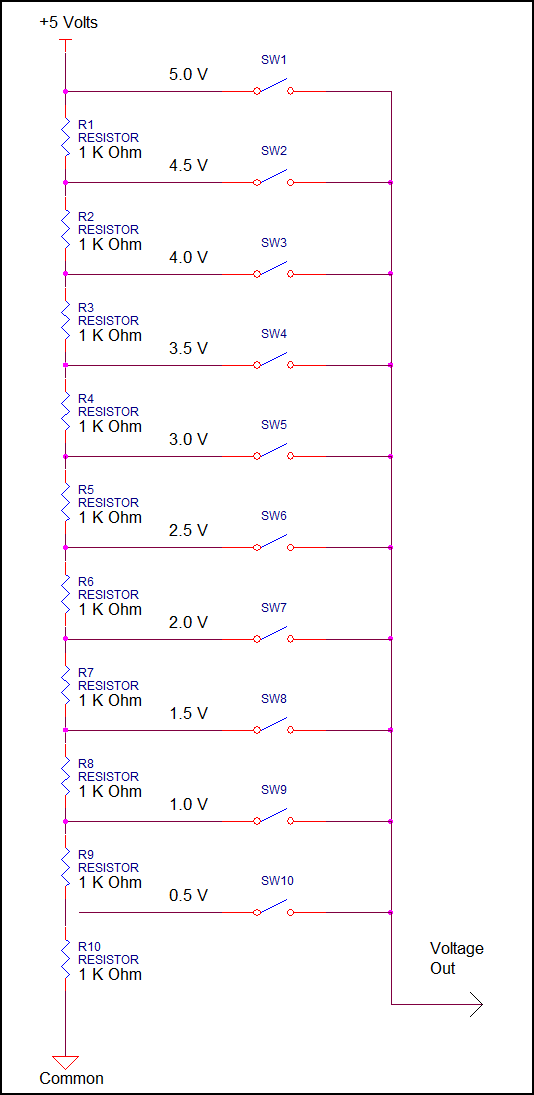Been a while, but I see free time in my future so I'm looking at a small project to monitor my fuel oil tank. I'm would like to find some magnitic reed switches that I could stack and install a magnet epoxyed to the level indicator inside the plastic lens. I'm hoping that that would give me a point level indication that then I would of use my PICAXE and AXE033, hmm, maybe two PICAXE and learn how to get them talking.
What type of reed switch would one suggest I look at? I see lots online but unsure what would be better for me.
Thanks,
James
What type of reed switch would one suggest I look at? I see lots online but unsure what would be better for me.
Thanks,
James

